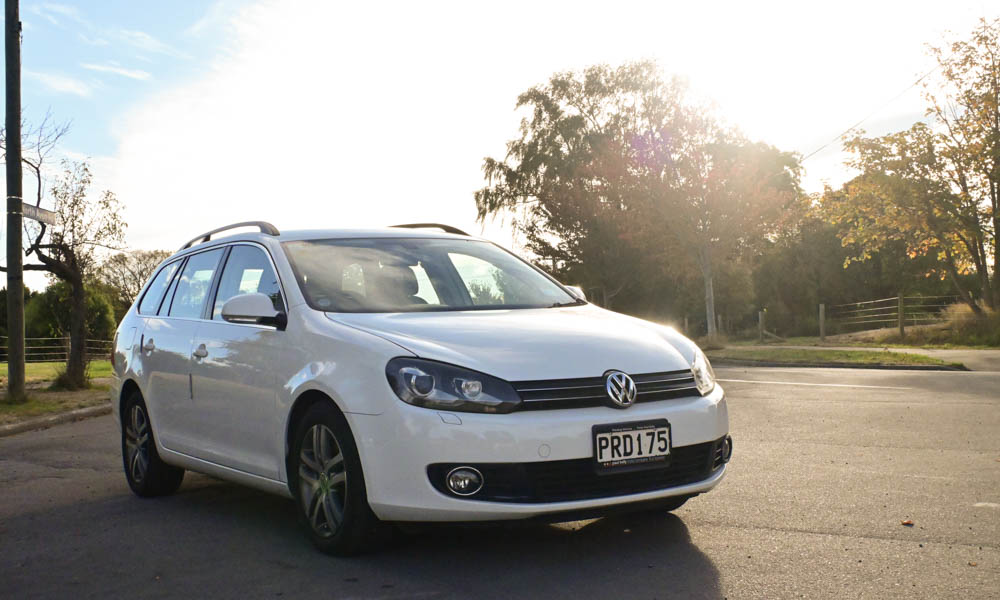
I mentioned in a previous article that I had no intention of buying a personal car when I moved abroad in late 2022. I thought that I’d finally be able to experience a lifestyle free from any liabilities that came with vehicle ownership. But public transportation in Christchurch, New Zealand, where I am based now isn’t as good as I thought, so I ended up buying my own ride simply out of necessity.
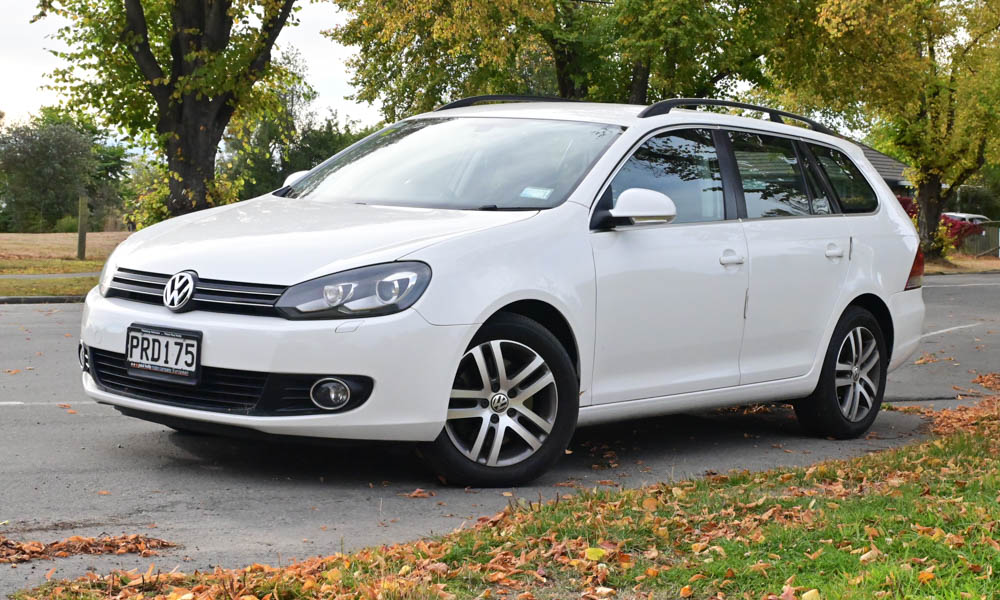
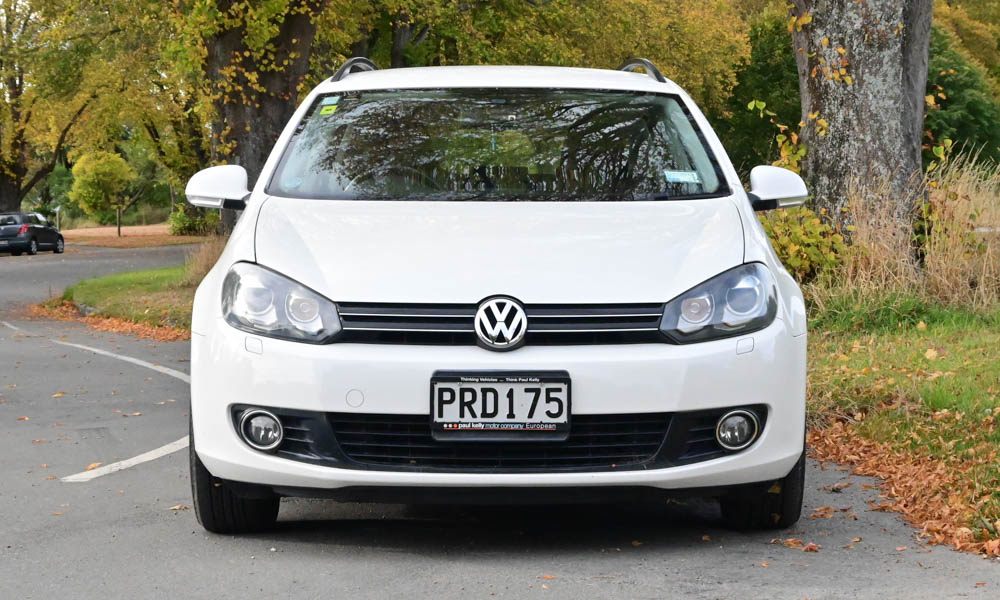
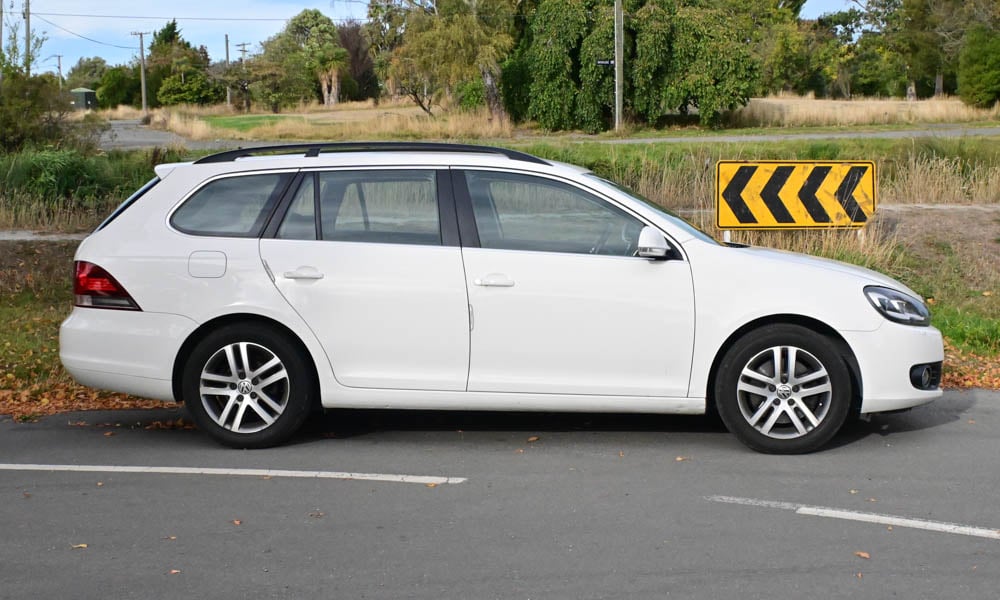
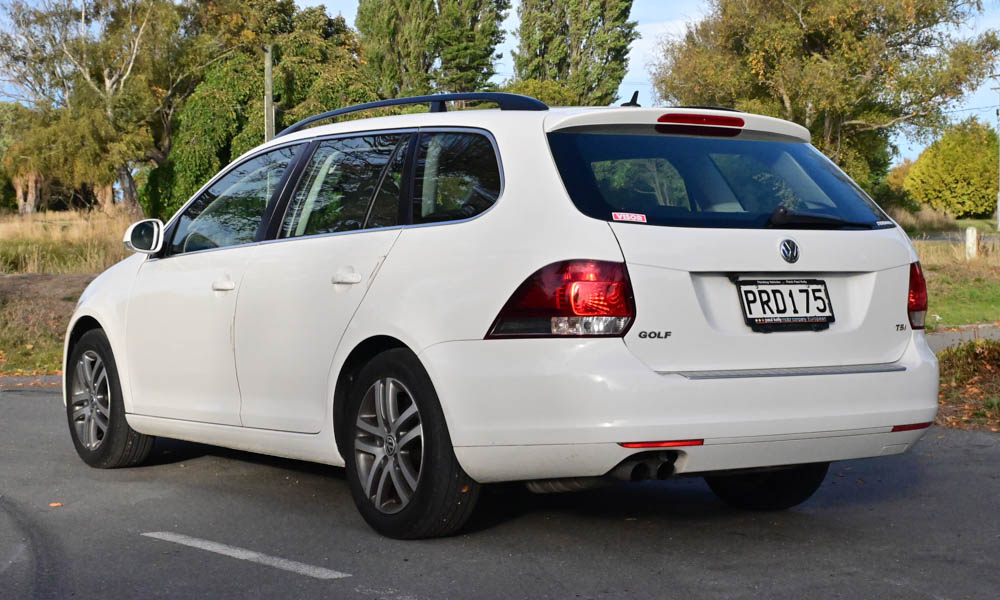
I wanted something that was powerful, efficient, and practical. But most importantly, I wanted it for NZ$10,000 (P340,000) or less because I wasn’t going to keep this car for very long. At the time, I had no plans of staying in Aotearoa for more than one year. I was originally bound for Sydney, but my Australian employer offered to temporarily relocate me to Christchurch as the processing of my Aussie work visa had complications.
I looked at various models ranging from a six-cylinder Subaru Outback BP to a 2006 Lexus GS. But I chanced upon a white Volkswagen Golf with less than 60,000km on the odometer. It ticked all the boxes as it was within my budget, it was a wagon, and the 1.4-liter TSI engine had plenty of power for its size. It seemed like the car was really destined for me as I excitedly placed a reservation fee long before the importer had parked it on its forecourt.
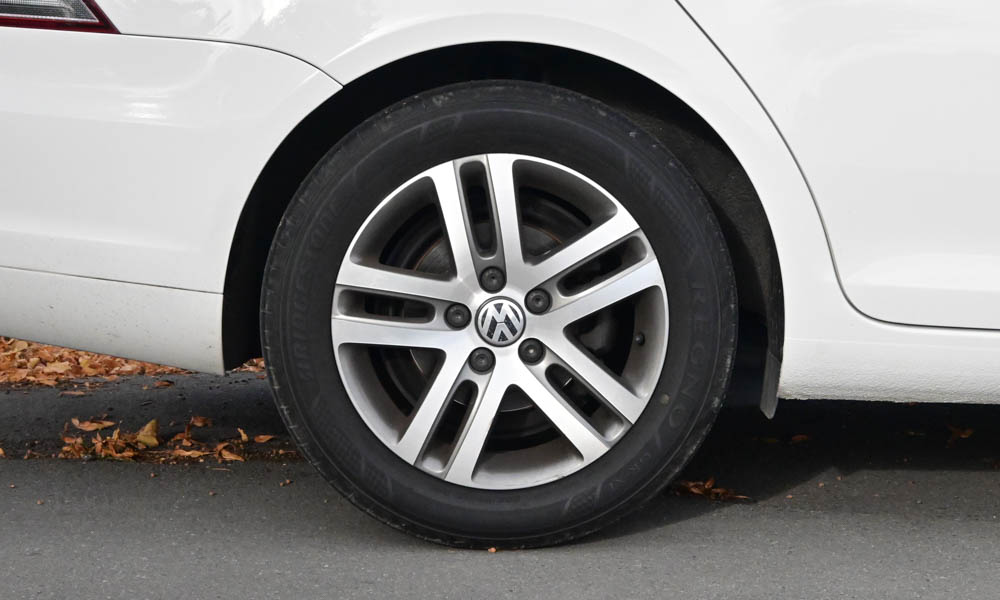
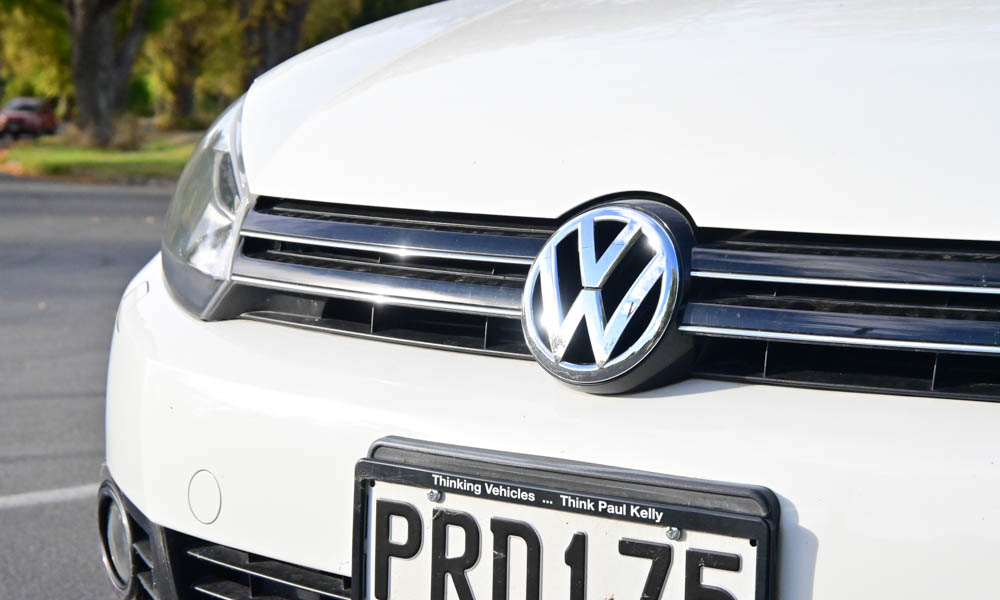
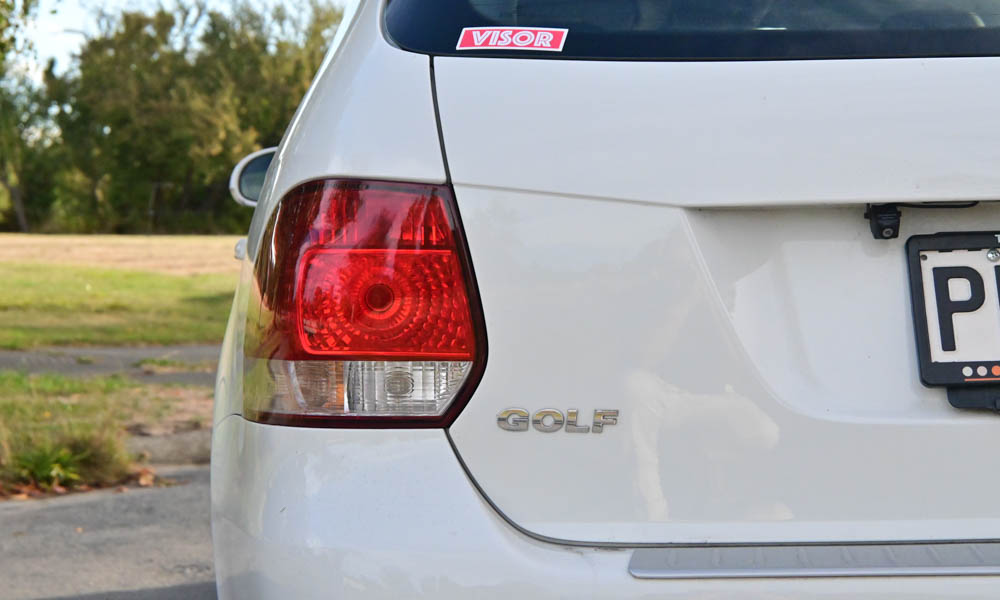
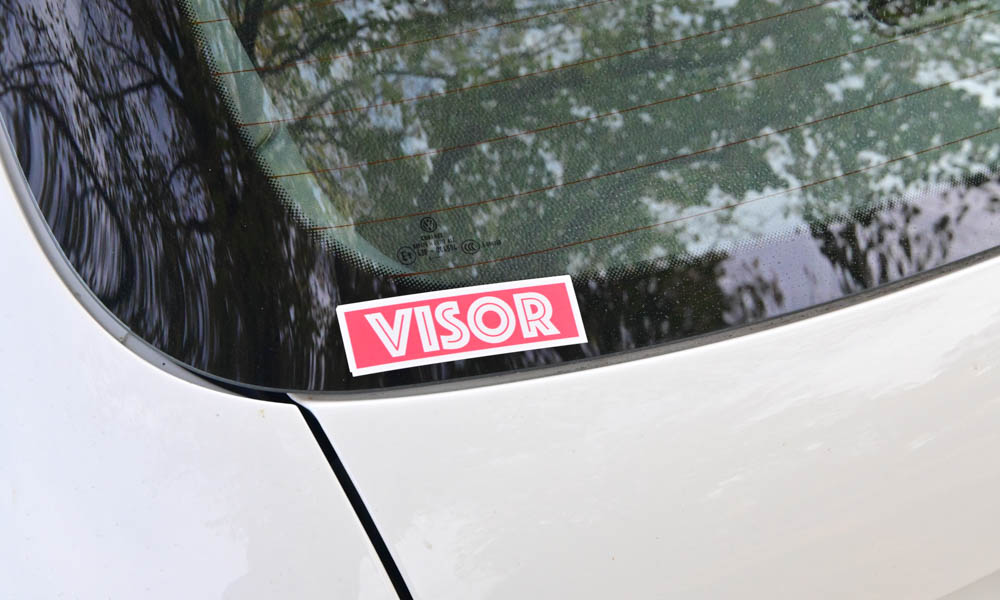
What you see here is my 2009 Volkswagen Golf Variant. While I normally don’t give nicknames to my cars, I jokingly call this one DiGolf because of the license plate it was issued with (not my choice). Under the hood sits a supercharged and turbocharged 1.4-liter engine with 158hp and 240Nm; this is mated to a seven-speed dual-clutch transmission. Being in Highline trim level, it has pretty much all the bells and whistles available for the Mk6 Golf at the time like dual-zone climate control, curtain airbags, and HID headlights.
And for all you Japanese Domestic Market snobs out there, my vehicle is a true JDM car. While it was built in Germany, it was clearly destined for the Land of the Rising Sun as the owner’s manual and warning labels were all in Japanese. Secondhand vehicles from Japan like this one are extremely popular in New Zealand.
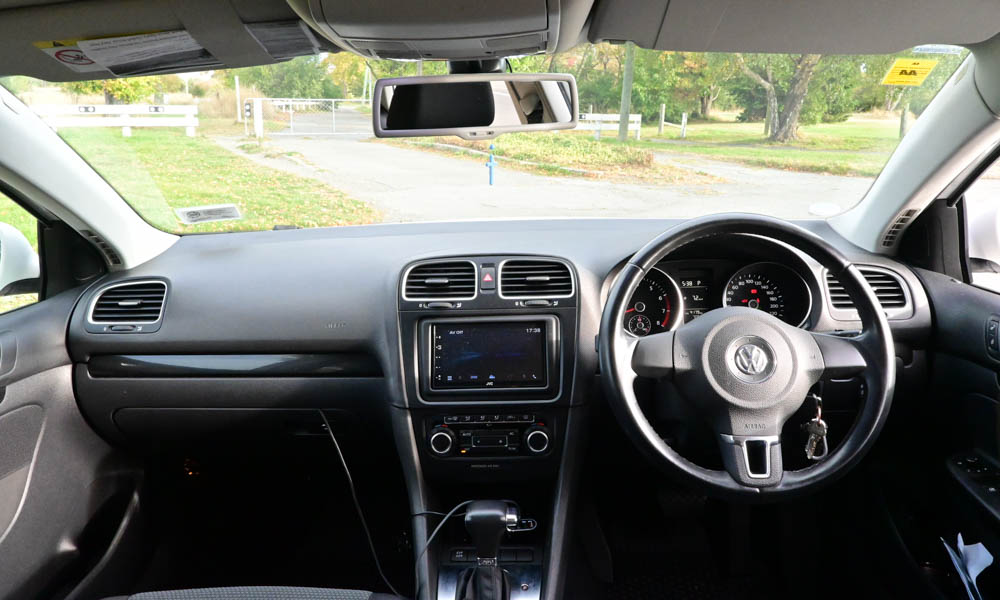
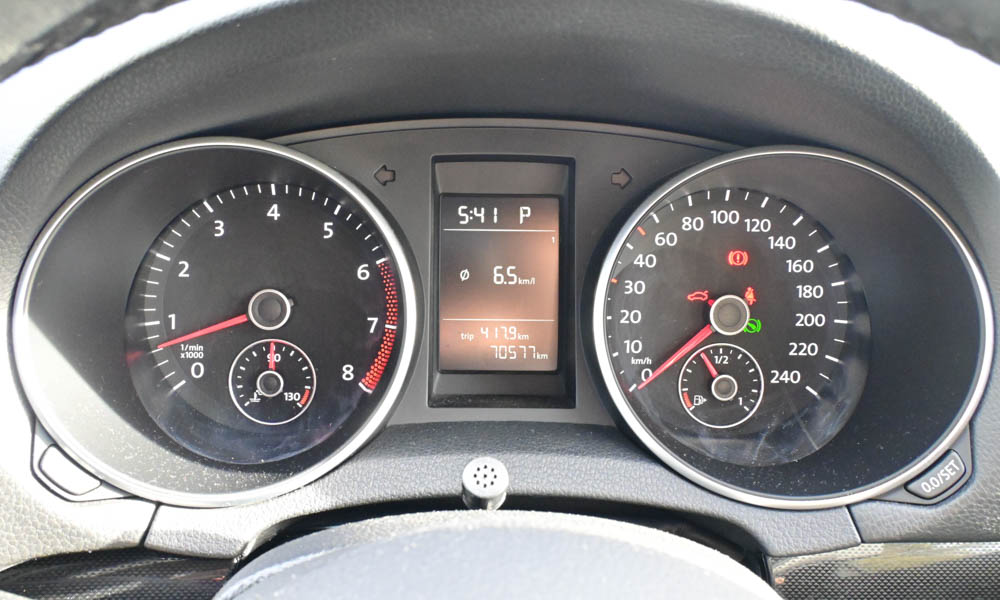
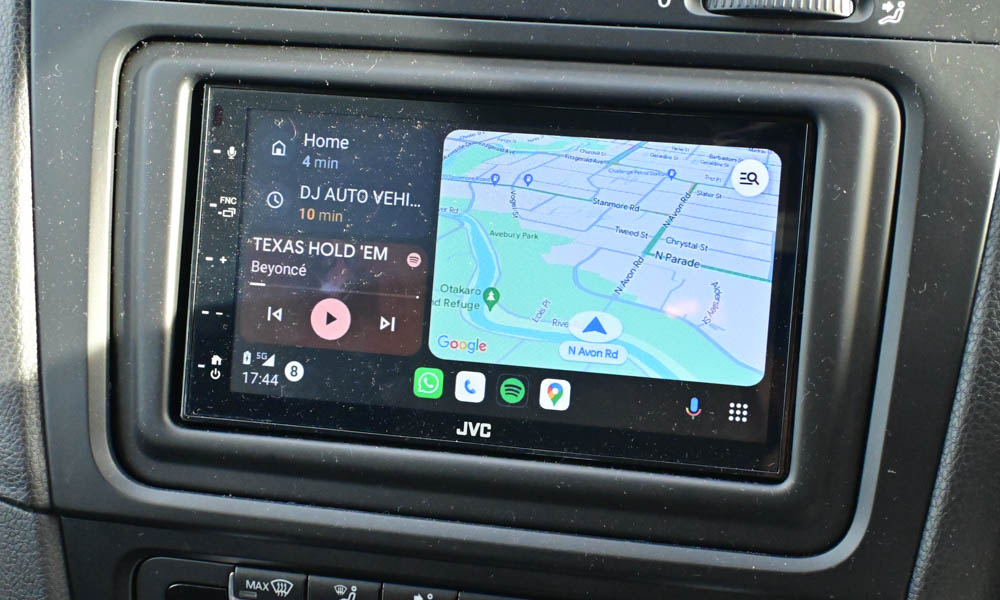
For a 2009 car, it feels really sturdy, and the doors close with a solid thud. It is a stable highway cruiser as power steering is on the stiff side. The suspension is neither hard nor soft, and there are hardly any squeaks and rattles considering DiGolf’s age. The engine delivers power in a linear manner, which is likely attributed to its supercharger and turbocharger. As for the DSG, it somehow knows which gears to hold when going up and down hilly roads.
Resisting the urge to modify the car was rather easy. I didn’t have the money for things like coilover suspension, and upgrades like that need a special certificate to be considered street-legal. I did replace the useless Japanese radio with an English one that had Apple and Android integration, and I installed a dashcam for extra peace of mind.
Surprisingly, my Golf’s Japanese service history was still intact. From what I understand, it was apparently purchased in Hakodate in the north. It somehow made its way south to Tokyo where it lived before being shipped to New Zealand. Given that the car had done less than 60,000km during its 13-year stint in Japan, I assumed that it was driven within city limits most of the time.
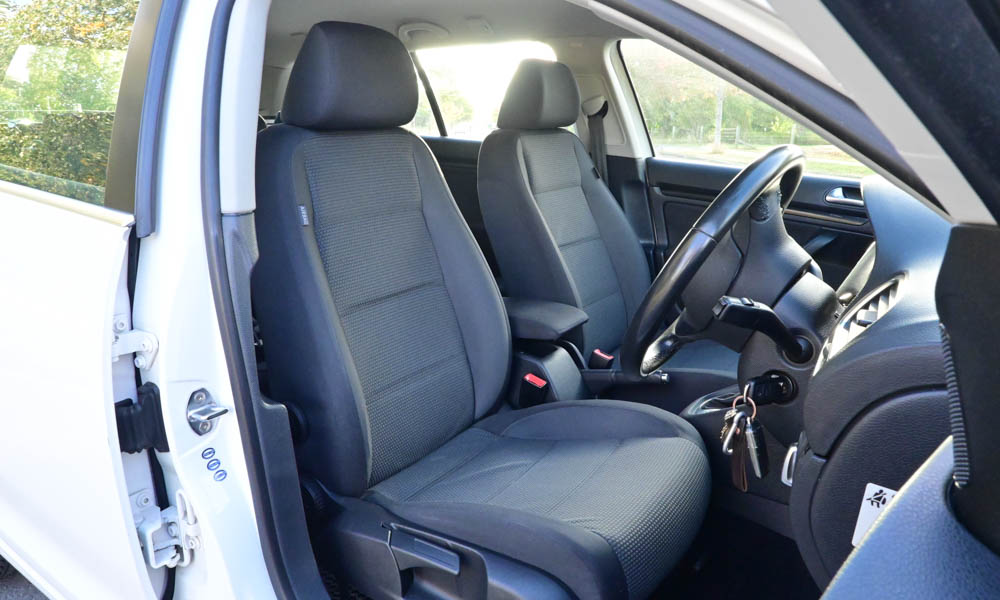
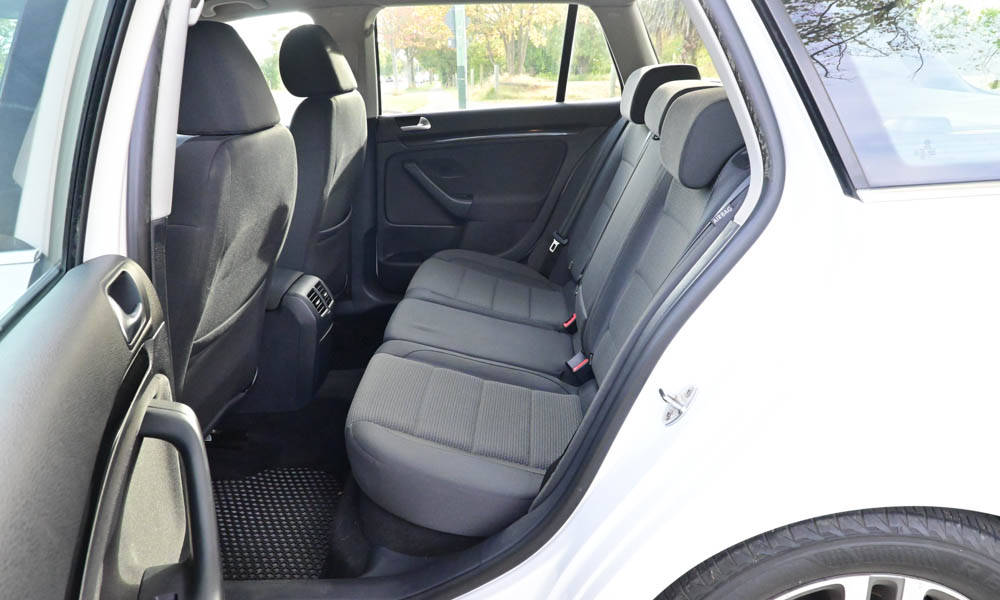
This vehicle’s story before moving down under is definitely interesting. But for me, what makes DiGolf special is that it taught me how to drive in New Zealand. Getting used to a place where almost all motorists followed the rules was challenging. My Golf became witness to the times I failed to yield, changed lanes without indicating, and entered roundabouts without looking. In fact, I failed one of my practical license tests in this car.
It also helped my wife and I get settled in the country. When we moved houses, I was able to transport all our stuff in just two trips. It has carried everything from bed frames to washing machines and queen-size mattresses in its cargo area or on its roof. I have even helped colleagues moving to New Zealand with it, and it has saved us hundreds of dollars in moving-service fees.
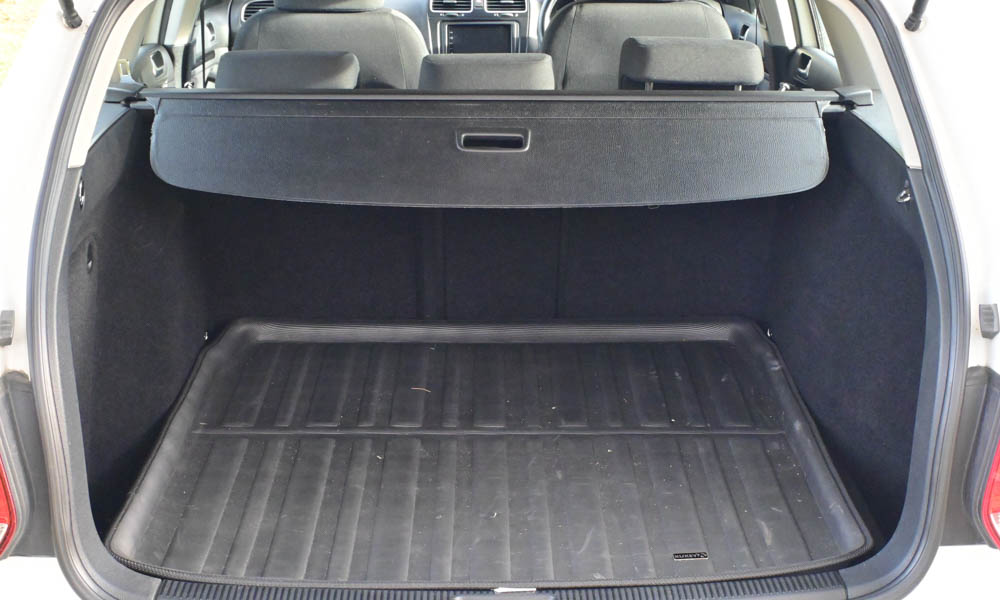
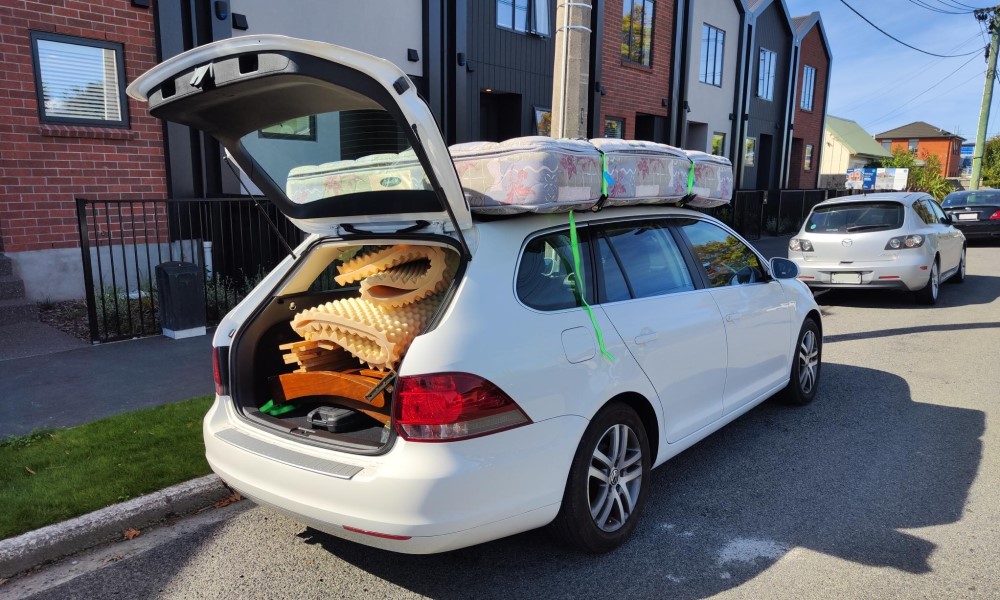
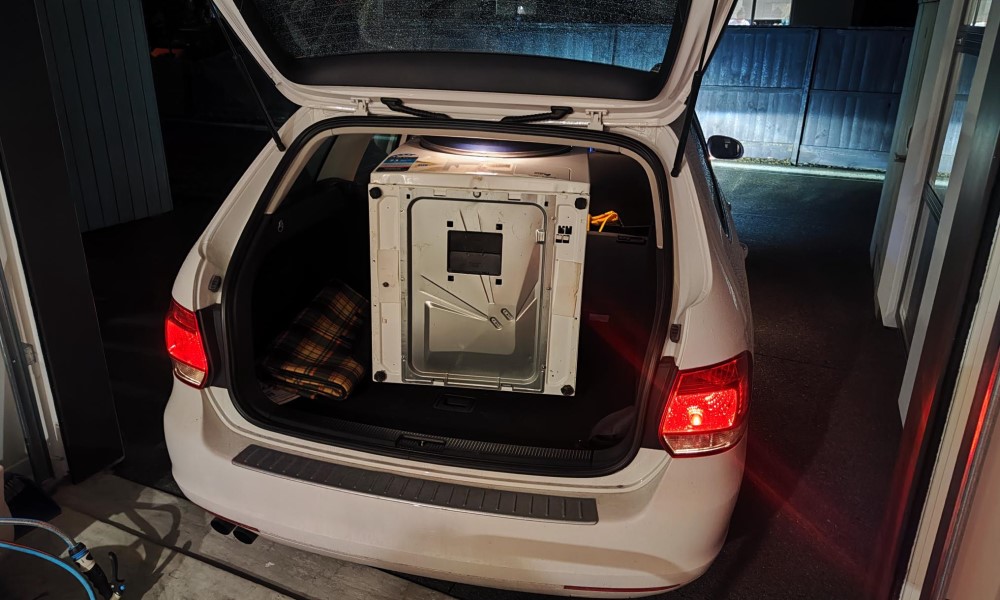
DiGolf also showed me how to own a car here in New Zealand. For example, I learned that services that used to be very affordable in the Philippines like tire rotations and car washes now cost significantly more. A basic exterior wash (no interior vacuum) will set you back at least NZ$39 (P1,300). Another one is that you cannot renew your registration unless you have a valid warrant of fitness—basically proof that your vehicle is roadworthy.
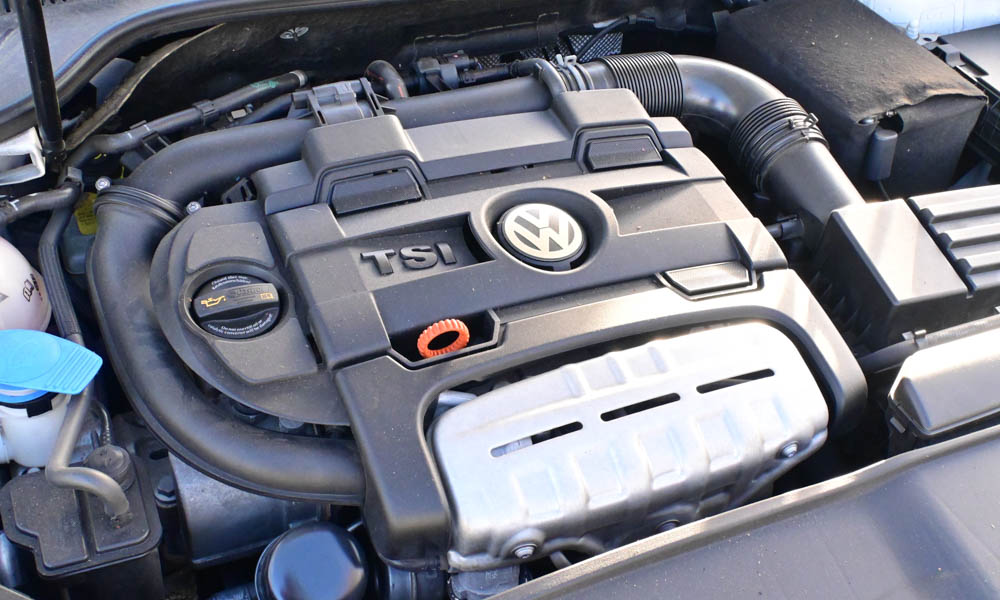
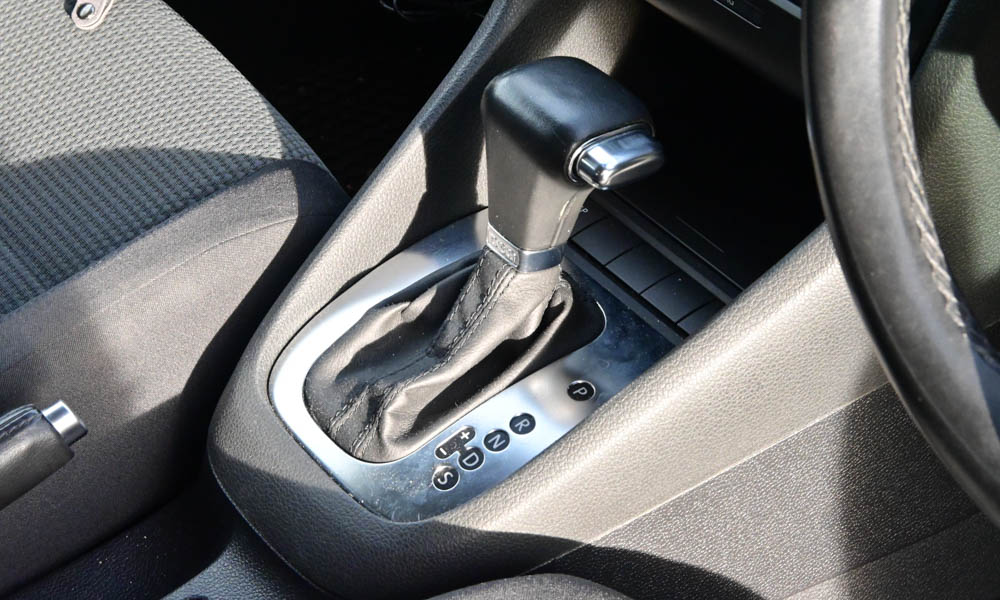
For something that has basically become a valuable part of our lives, some of you might be thinking that I would never sell my Volkswagen. After all, I’ve put a measly 12,000km on the car since I bought it in January 2023. It still has plenty of life left, and one might say that I shouldn’t get rid of it until something major breaks.
But priorities have changed over the course of my time with DiGolf. My wife and I have decided to stay in New Zealand for the foreseeable future. We got our resident visas in November last year, and we are working toward becoming permanent residents and citizens. We also plan on starting a family soon, so we’d like a cabin that can be cleaned easily.
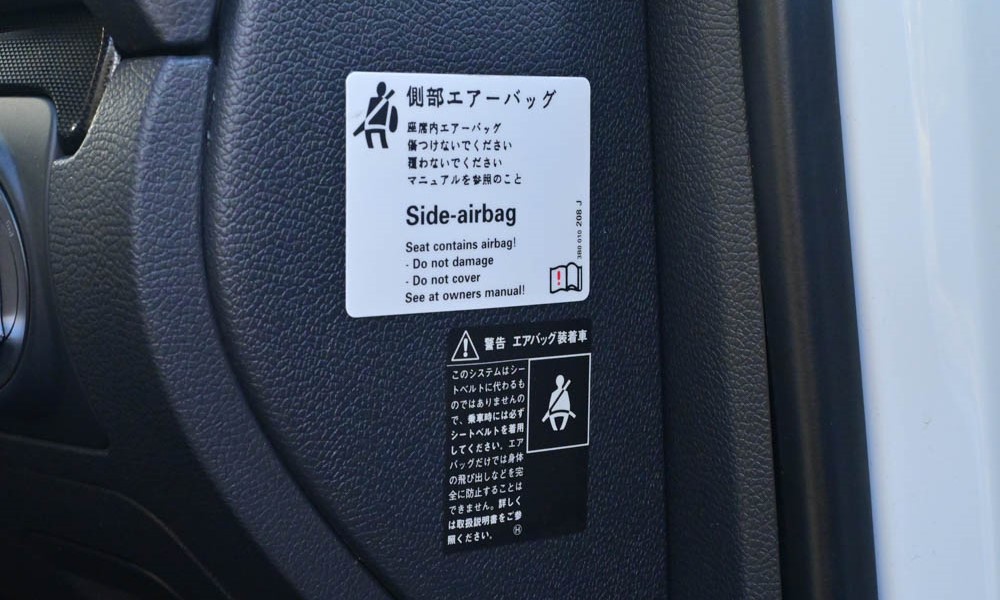
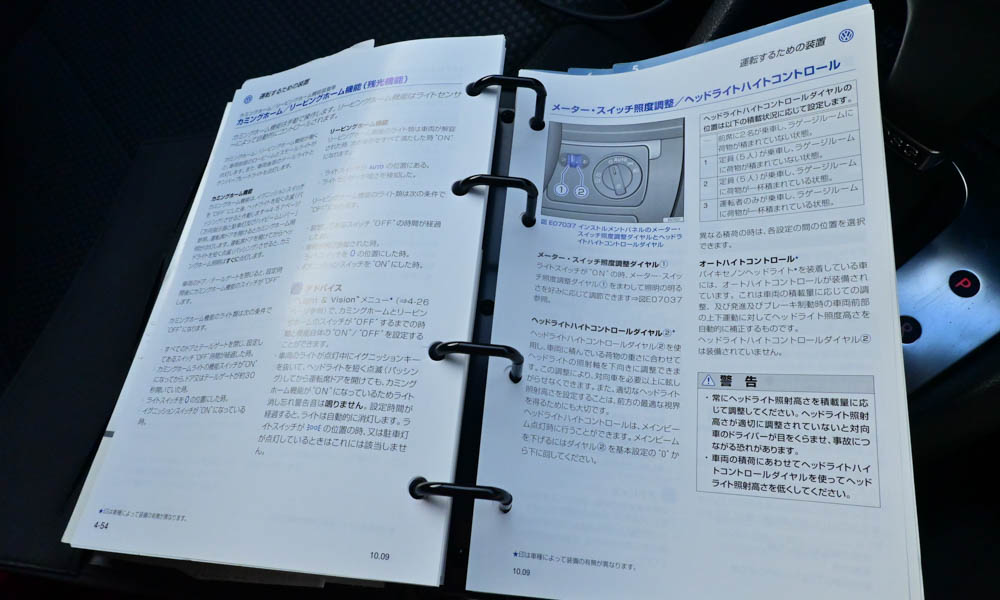
For that, we need something with leather seats and an intact interior. My Golf has cloth seats, and some of its door cards are starting to fall apart. I was told that the latter is a common problem, and it is not one I would like to deal with. Furthermore, while the DSG is a joy to use on long trips, it is not a happy camper within the city where there is a lot of stop-and-go traffic. Lastly, European cars are generally more expensive to maintain and insure than their Asian counterparts.
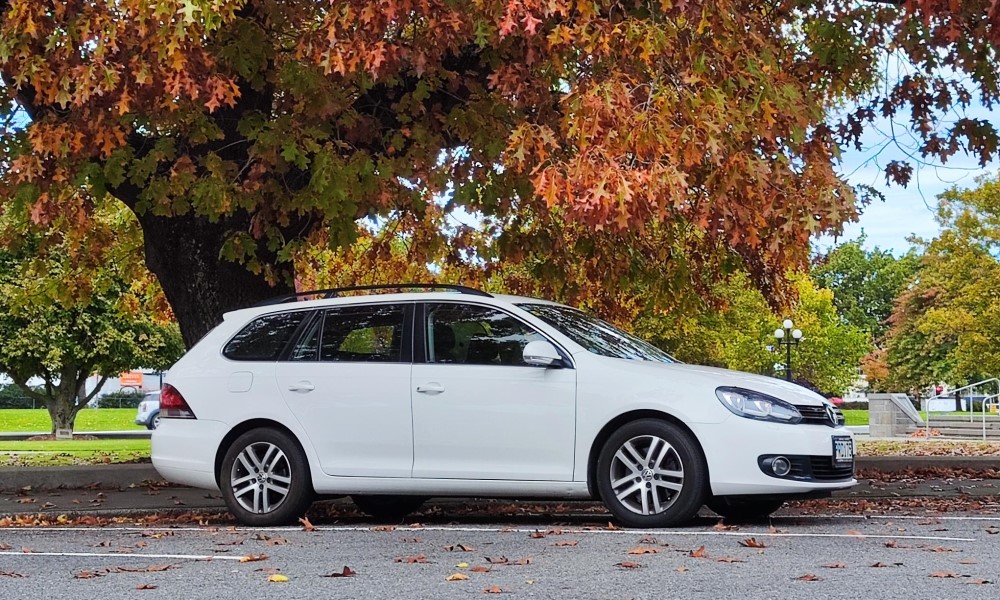
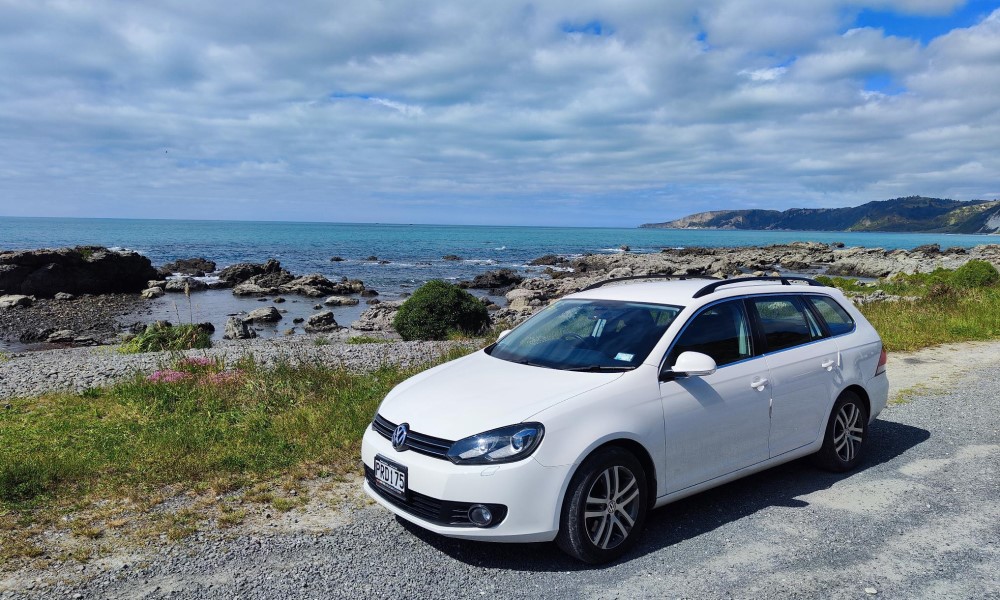
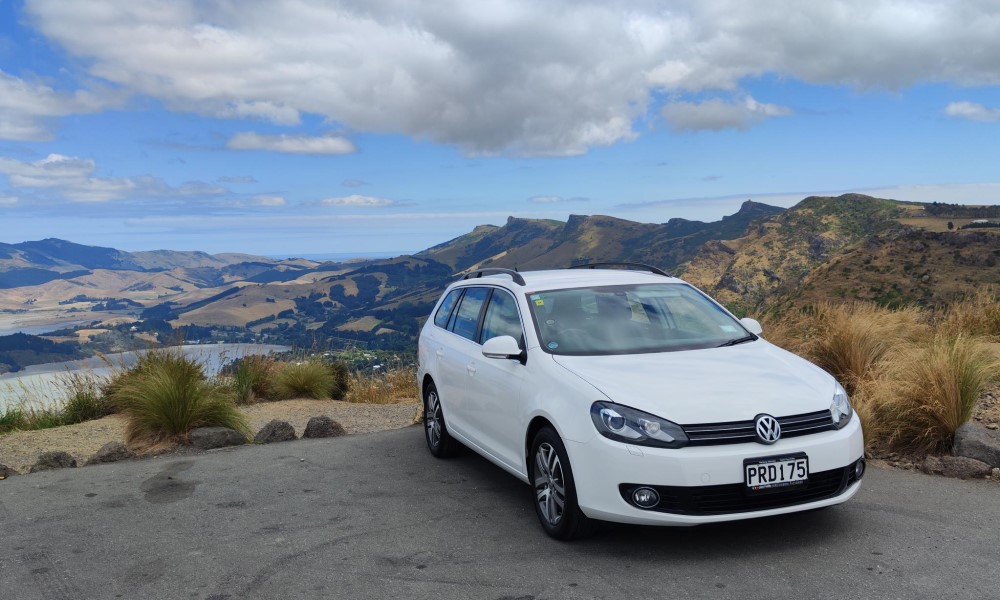
It pains me to say that my vision of the future doesn’t have DiGolf in it, so I’ve put the car up for sale. It is a very special vehicle, and a reliable companion as my wife and I navigated our transition to life in New Zealand. I laughed, cried, dreamed, and experienced a lot of new things with this Golf. I will miss it when it finally leaves, and I hope that its next owner will take care of it like I did.

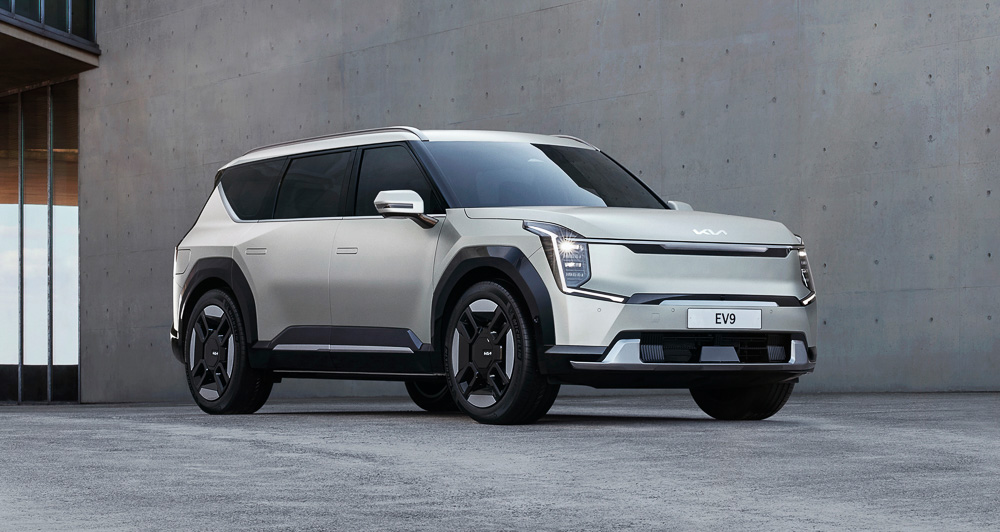
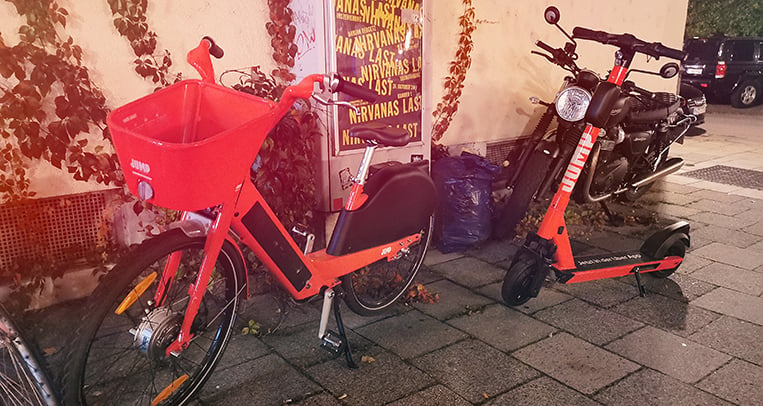
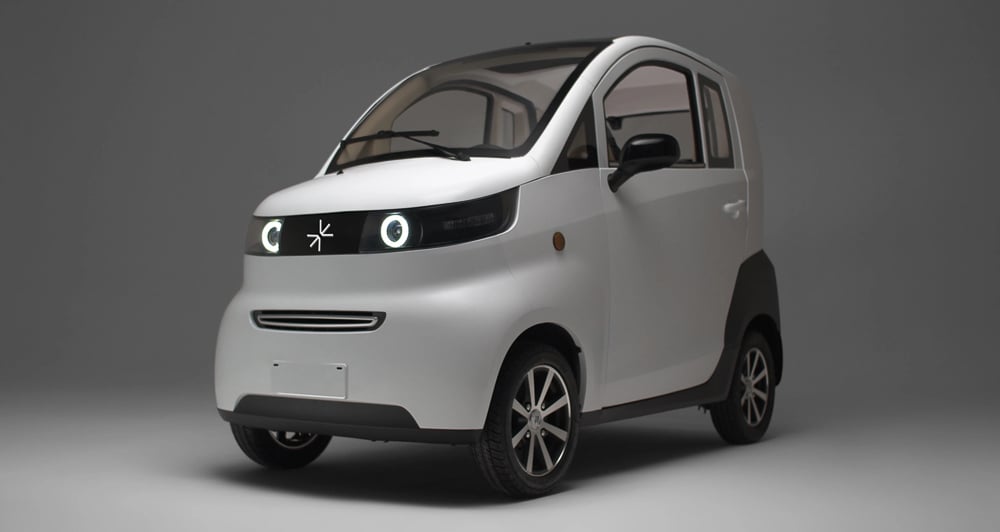
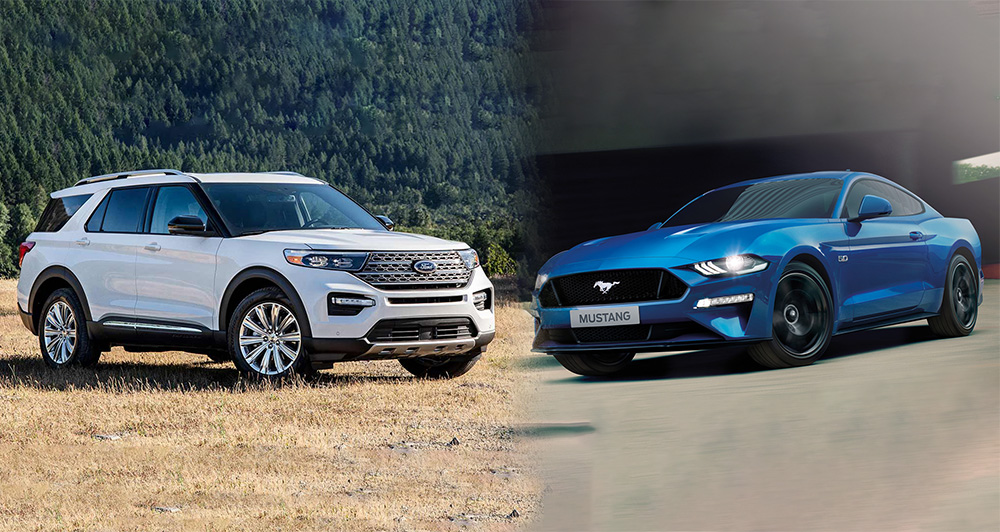
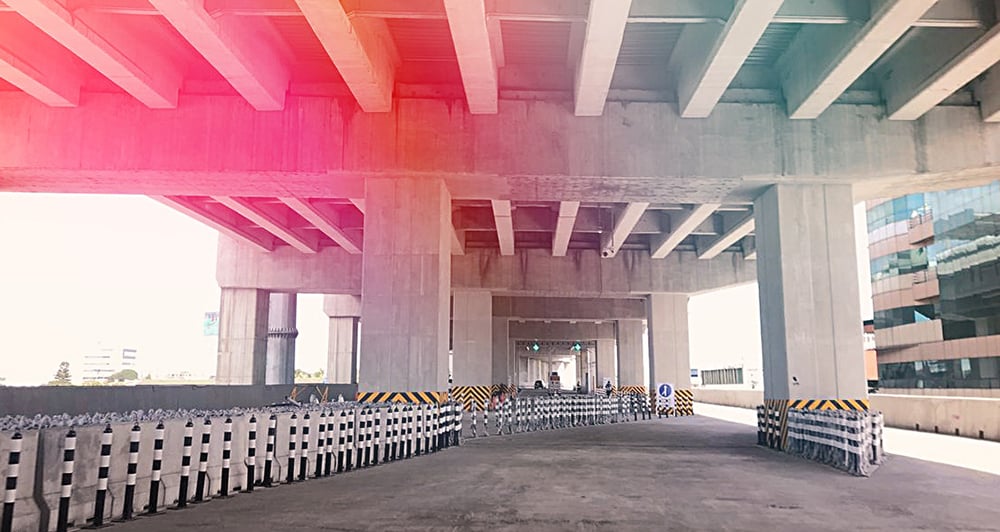
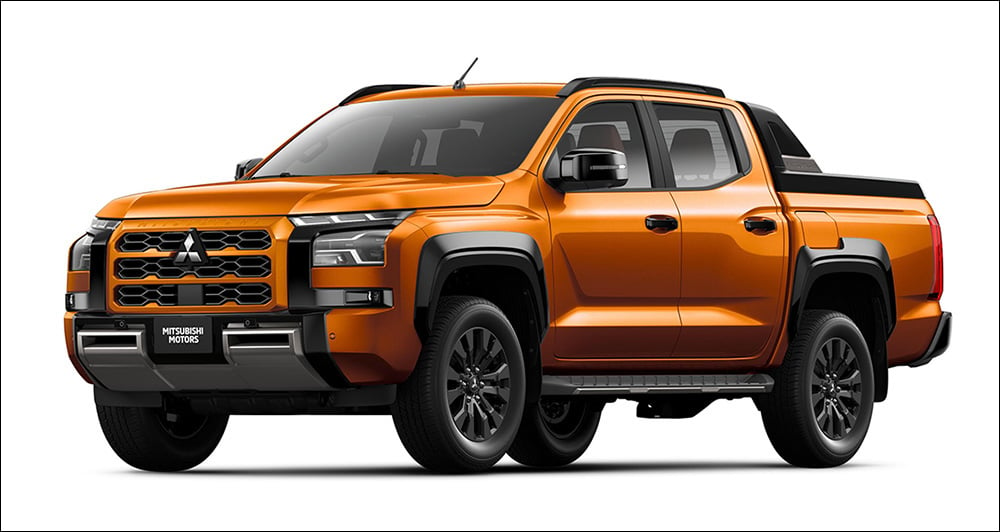
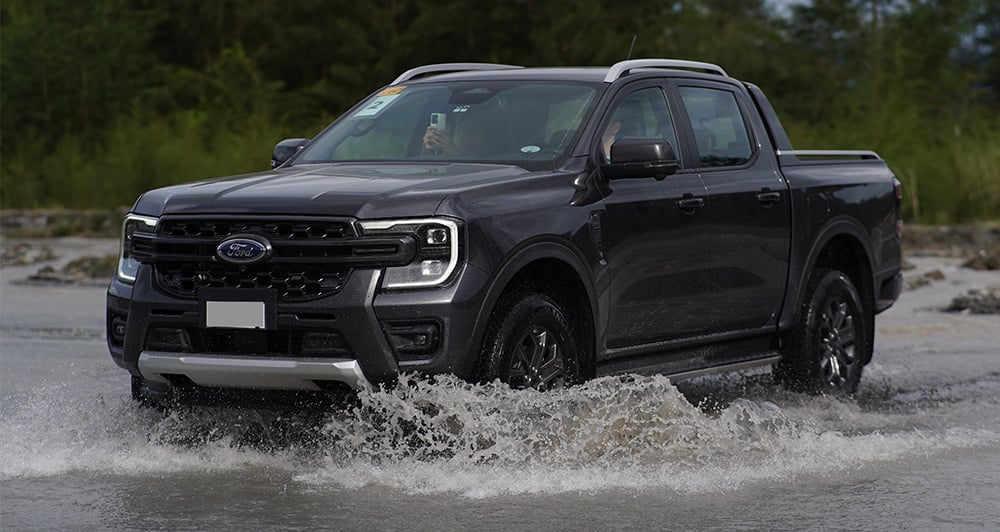

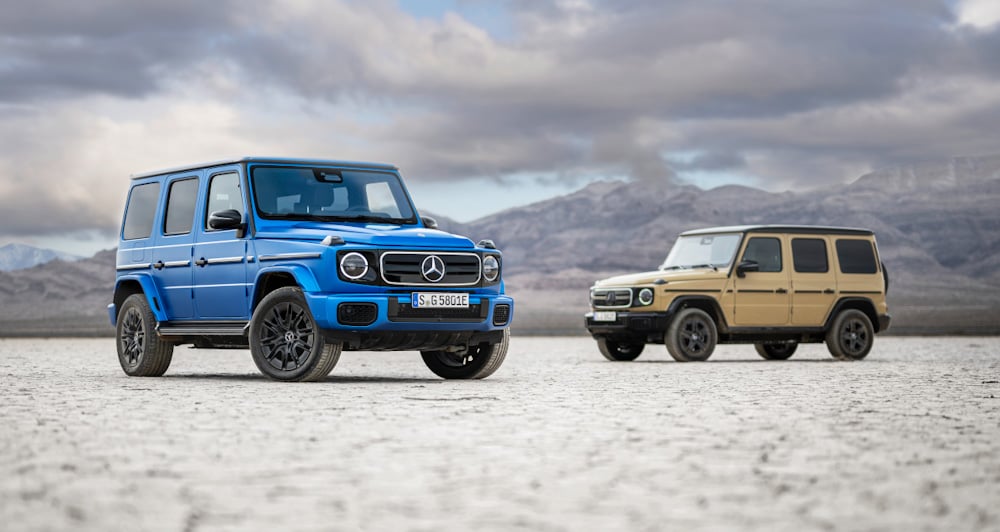
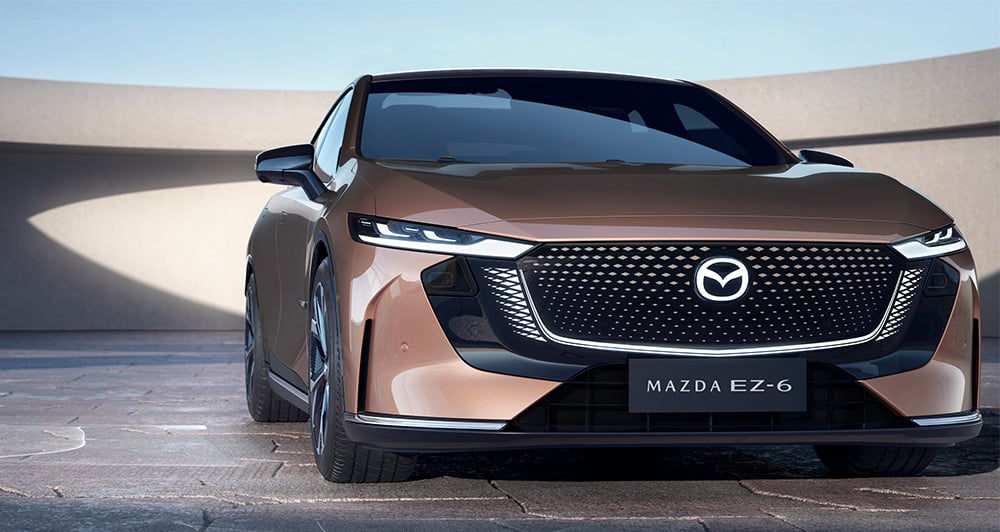
Comments